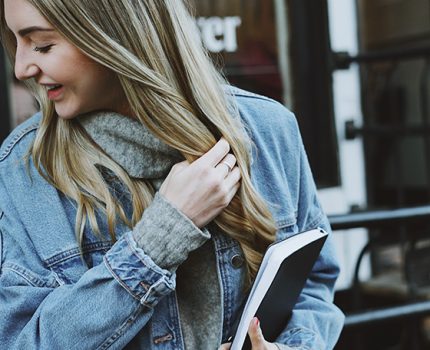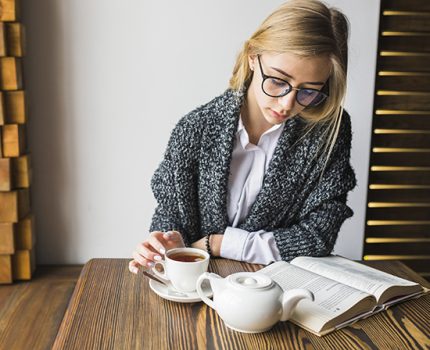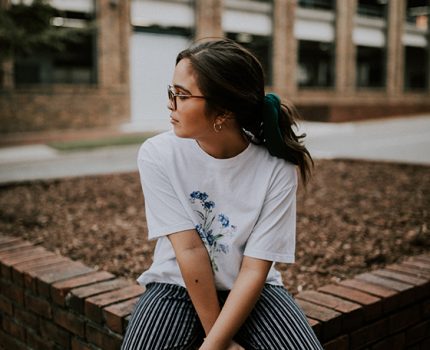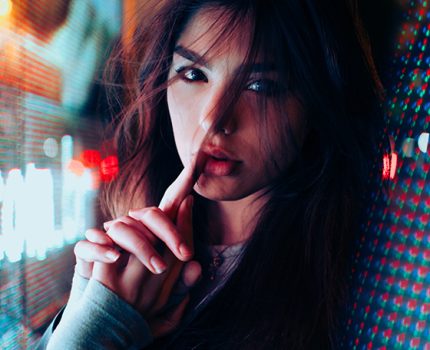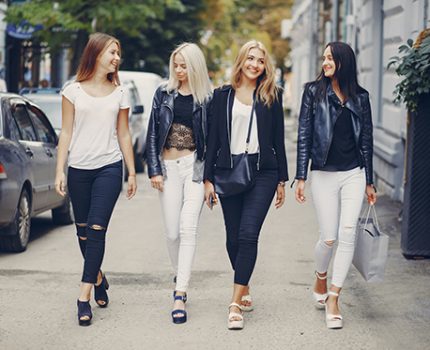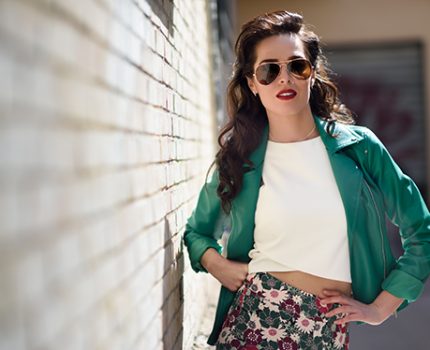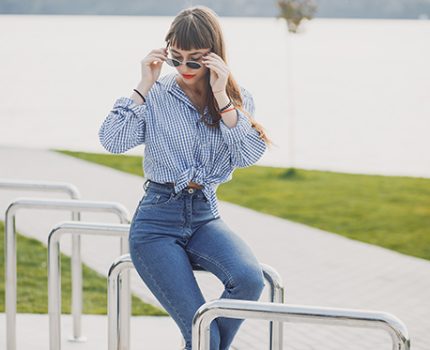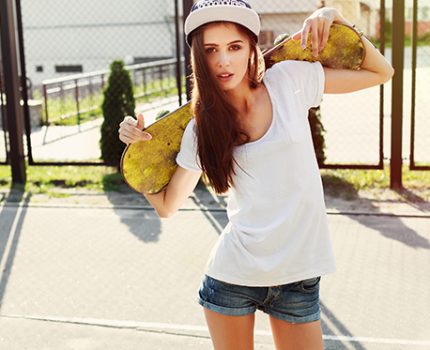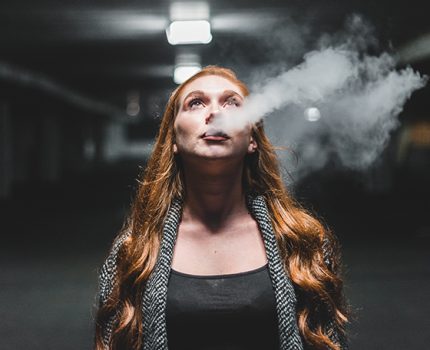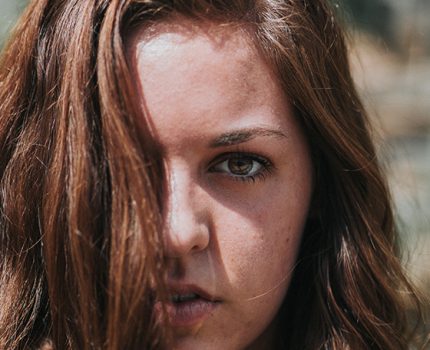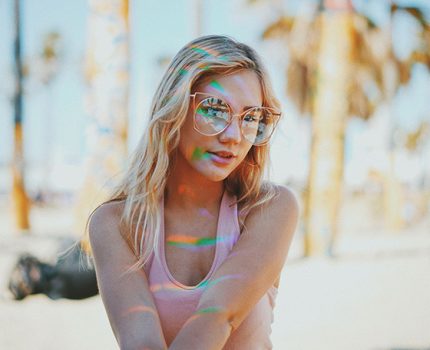Mindhunter: True Crime Costume Design
“Mindhunter” excels not just in its narrative and character depth, but also in its meticulous attention to costume design. Reflecting the late 1970s and early ’80s, Costume designer Karyn Wagner and her team researched extensively to ensure authenticity. Each character’s wardrobe subtly tells their story, from Holden Ford’s evolving style to Agent Tench’s disciplined suits and Wendy Carr’s professional yet feminine attire. The series uses costume to distinguish settings, enhance atmosphere, and reflect cultural moments, making each scene richer and more immersive. “Mindhunter” demonstrates how intricate details like costume design elevate storytelling, creating a visually and historically accurate experience.



